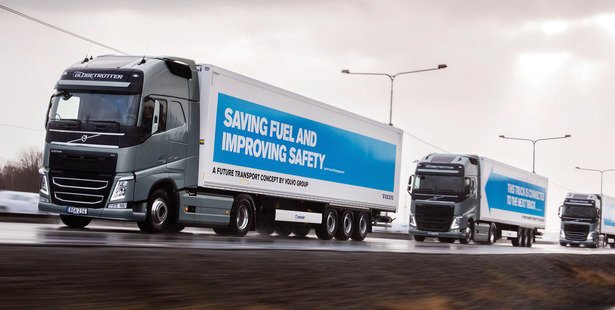Driverless technology to change commercial property
Driverless vehicles, 3D printing and drones could radically alter the industrial real estate sector – one of the few sectors that has reaped the rewards of digital disruption.
Experts believe that the technologies could disrupt logistics, and make redundant large swathes of warehouses within urban centres, and transform outlying regions.
Self-driving vehicles – defined as any vehicle that is capable of accelerating, braking and steering a course without human input – are no longer just a gimmick from a science-fiction film.
Companies like Tesla, BMW and Mercedes have plans to release driverless vehicles in the next three years, while Uber predicts its full fleet will be driverless by 2030, claiming its vehicles will become so ubiquitous and inexpensive that car-ownership will become obsolete.
The technology, which has the potential to shorten commuting times by eliminating traffic jams, could have a surprisingly dramatic impact on a diverse range of industries.
Other areas which could change
* Insurance: Driverless cars are expected to be much safer on the road, dramatically reducing road fatalities as a result. This could hit the insurance industry hard and wipe billions of dollars off premiums.
* Car loans: Driverless cars will likely increase the popularity of shared on-demand driverless vehicles, and put into doubt the validity of car ownership. This in turn will have an impact on car loan schemes.
* Garages and petrol stations: With the acceleration of the vehicle-as-a-service economy, petrol stations, car dealerships and motor mechanics will become increasingly redundant or at least vastly different in scale.
Labour is the biggest cost burden the sector currently bears, followed by fuel, which could be made redundant by electric charging.
John Church, national commercial director for Bayleys Real Estate, said: “These efficiencies will allow logistics companies to move out of the cities and set up big distribution centres in the outlying regions where land is cheaper and space is not a problem. This could result in fewer but larger industrial spaces.”
Drone and 3D printing technology could have a similar effect, but on a smaller scale. 3D printing, for serving custom manufacturing, could be used in smaller logistics centres in inner cities, closer to where the customer base is, rather than remote hubs.
Analysts predict these technologies will give rise to compact, multi-layered vertical warehousing in urban areas. These buildings would be run by robots, so space and daylight would not be a factor.
“Wal-Mart Stores and Amazon are already looking to drone usage for e-commerce, while some warehouse operators are pondering how drones and other technologies may aid inventory control,” says Church.
On the commercial real estate side, property developers and brokers are experimenting with drones for purposes ranging from aerial photos to boost marketing efforts, to real-time safety observations on construction sites.
“We are on the cusp of a fourth industrial revolution. Developments in previously disjointed fields such as artificial intelligence, robotics, driverless vehicles and 3D printing are all building on one another, says Church.
“These technological advancements will interact with broader socioeconomic, geopolitical and demographic developments to change the future of business and work.”
The predictions come as Uber, another game-changing disruptor, makes a concerted drive into the delivery market.
The company, which has already upended the taxi industry and transport models, is moving into the food delivery space with its new app, Uber Eats.
The app, launched earlier this year in Australia, allows consumers to order food for home delivery from big-name restaurants that were previously without a traditional take-away service.
David Rohrsheim, Uber general manager for Australia and New Zealand, claims the service will likely change the way restaurant operators prioritise their space requirements.
“Restaurants don’t have to be prime real estate to capture business any more. [With Uber Eats], restaurants will take the next step and say ‘Hang on, maybe I don’t need a restaurant at all, maybe I just need a kitchen. I’ve got a bunch of loyal customers, they love me on Instagram, they like my fried chicken or whatever – I’ve already got a brand. I don’t need a premier location to capture foot traffic into my fried chicken store when Uber is going to take it to their door.'”
Mr Rohrsheim said Domino’s Pizza had already shown that space was becoming less important to the food and beverage sector. “This is pretty much the Domino’s model. If you look at what they do, they don’t have restaurants anymore.”
The service could have the effect of increasing demand for commercial kitchen space and reduce the need for car-parking space in the city.



